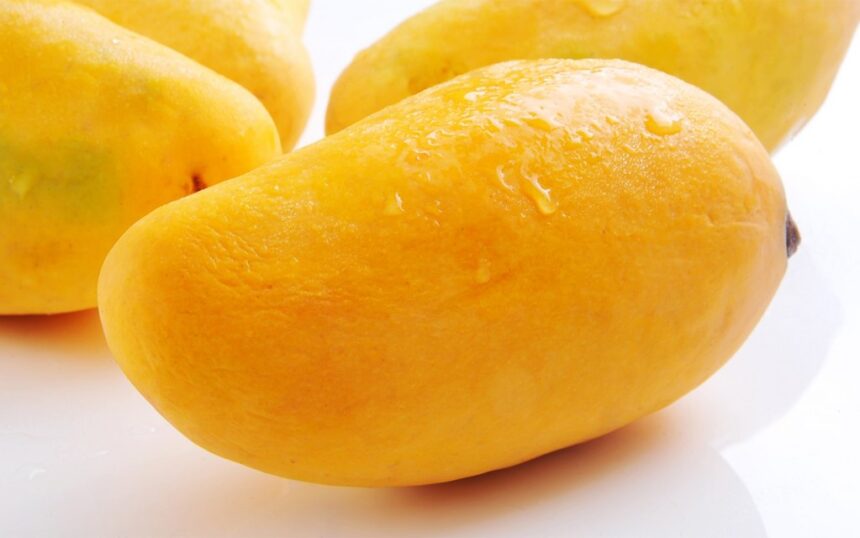In order to take advantage of early access to the market, some orchards begin collecting mangoes as early as the third week of May. Summertime signifies the ripening of mangoes’ taste, color, and shape.
The harvest this year is generally healthy and of decent size. However, reports from orchards and mango growers state that seasonal pests like hoppers and thrips caused some damage in locations where deformity is reported, such as Tando Allahyar and Mirpurkhas.
Researchers have found that proprietors who handle their orchards in-house rather than contracting out are always able to keep pests under control. Problems develop, though, because contractors who manage orchards each year in order to sell crops don’t take it seriously.
According to Wali Mohammad Baloch, executive director of the Sindh Horticulture Research Institute (SHRI) in Mirpurkhas, “a mango tree needs pruning of its branches to avoid pests that will make their presence felt if carelessness is observed.” He went added, “We didn’t find a negative or serious impact on the health of the fruit generally, and the crop is generally good.” He blamed weather circumstances brought on by climate change for the deformity.







